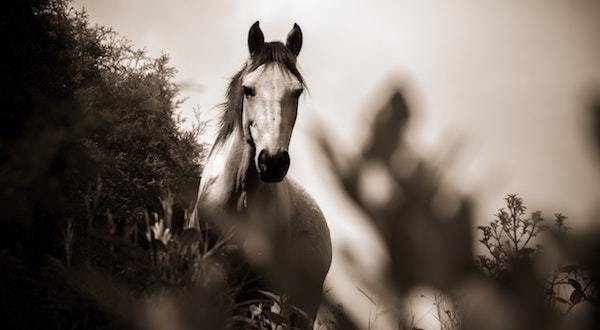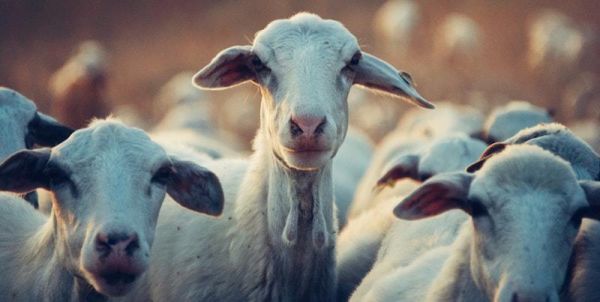|

Horses and ponies can often live into their thirties or beyond with the right care. If you're lucky enough to own an older horse, here are some key health tips.
Maintaining healthy body condition in older horses is very important and can be achieved by supplementing their diet with an energy dense feed. Older horses may eat less and can lose the ability to absorb nutrients efficiently.
Caring for an older horse involves maintaining their dental health and ability to eat. Older horses can lose teeth, develop sharp points and grow painful ulcers, which affect their ability to chew and digest. Signs that your horse may have a dental problem include weight loss, dropping feed and foul-smelling breath.
Older horses often develop arthritis. Arthritis means painful joints and horses that have had an athletic career are at increased risk. Fortunately, there are many treatments available such as supplements, anti-inflammatory medication and intra-muscular injections which can be extremely helpful in keeping your older animal moving comfortably.
Annual veterinary health checks are recommended. We perform a thorough physical examination and blood tests if required to identify horses with liver, kidney, gastrointestinal or hormonal dysfunction, all of which are increasingly common in older horses.
In the end, when the sad time comes to make the difficult decision to part with your aged equine friend our caring veterinarians can be there to offer advice regarding euthanasia.
If your horse is due for a check-up or you're worried about their health, call us today.
|
